|
Northern Jacana on the Santa Cruz River just south of Ina Street, Tucson, Arizona, December 7, 2020 The Northern JacanaThe Northern Jacana is a medium sized shorebird that resides year round in lowlands of Mexico and Central America down as far south as southwestern Panama. The species is seen sporadically in the U.S. along the southern Texas coast, and rarely in S.E. Arizona. This bird has been spotted under the Ina Street bridge at the Santa Cruz River for some weeks, viewed from the bridge looking south. How it got here is unclear. Northern Jacanas eat insects from vegetation and aquatic invertebrates, as well as some seeds and aquatic vegetation. This male or female (they look the same, the female is larger) is hunting for food in and out of the reeds, walking on water vegetation with its long toes. In some parts of its range it is known as the "Jesus bird" for its apparent ability to walk on water. We got lucky on the morning of December 7th when the bird wandered out to forage for a while. These photos were taken from the bridge over the river, more on that later in the post. The Northern Jacana has long legs and very long toes. Adults are reddish brown, with a dark head, neck and breast. There is a yellow shield on the forehead, as seen in the image leading this post, and below. Northern Jacanas are known for their sexual role reversal and polyandry, where the female takes on more than one male during the breeding season. The females are larger and heavier than the males and more aggressive. The males build the nests, incubate the eggs and raise the precocial young. The females provide eggs for up to 4 nests in one territory. The males defend their nests against other males, and the females defend their region from other females. The number of nests per female depends on food availability: more food, more nests. (Reference: Birds of the World, Cornell Lab of Ornithology). The flight feathers are yellow, as we can see in the images in flight above and below. For the photo geeks, I was shooting into the sun, with a slow shutter of 1/200 second not expecting the bird to take flight. 1/1000th or higher would have given me better images! In the images that follow, we can see the bird's very long toes that allow him/her to walk on floating reeds and river vegetation. Where is the Ina Street Bridge?Yes, I know, Ina Road has many bridges over who knows what, but in this case I am referring to the bridge over the Santa Cruz River, on W. Ina Road between I-10 and N. Silverbell Road, here in Tucson, Arizona. See the map above, generated on Google Maps. The bridge is new, and fenced sidewalks create a link between The Chuck Huckelberry Loop coming up from the south on the east side of the river and the north bound trail to the west side of the river. The sidewalk on the south side of Ina has a secure fence (not wall) that allows viewing of water in the Santa Cruz below and to the south. A telephoto lens just fits in between the rails, or over the top, but be sure you have straps on your gear. It is along way down to a lot of sand and water. This is where our Northern Jacana has been hanging out for some weeks, in and out of the reeds and walking on the floating vegetation. You can park south of Ina and west of the river as shown on the map above to get access to trails along the river, and to the Loop itself. The photograph above was captured looking south. The county wastewater treatment plant discharges fully treated water into the Santa Cruz, restoring flow in the stretch of river to the north of the plant. The photograph below was taken from the loop trail under the bridge. Waterfalls in Tucson are not common! Pied-billed Grebe and Least SandpiperThe Northern Jacana was not the only bird out on the morning of the 7th. The image above is of two Pied-billed Grebes to the south of the bridge, and below Least Sandpipers foraging under the bridge. That's all for now! Stay safe, stay well. Happy Trails!
1 Comment
|
AuthorHenry Johnson, photographer and author of this site. For more detail, see About
Categories
All
Archives
July 2024
|
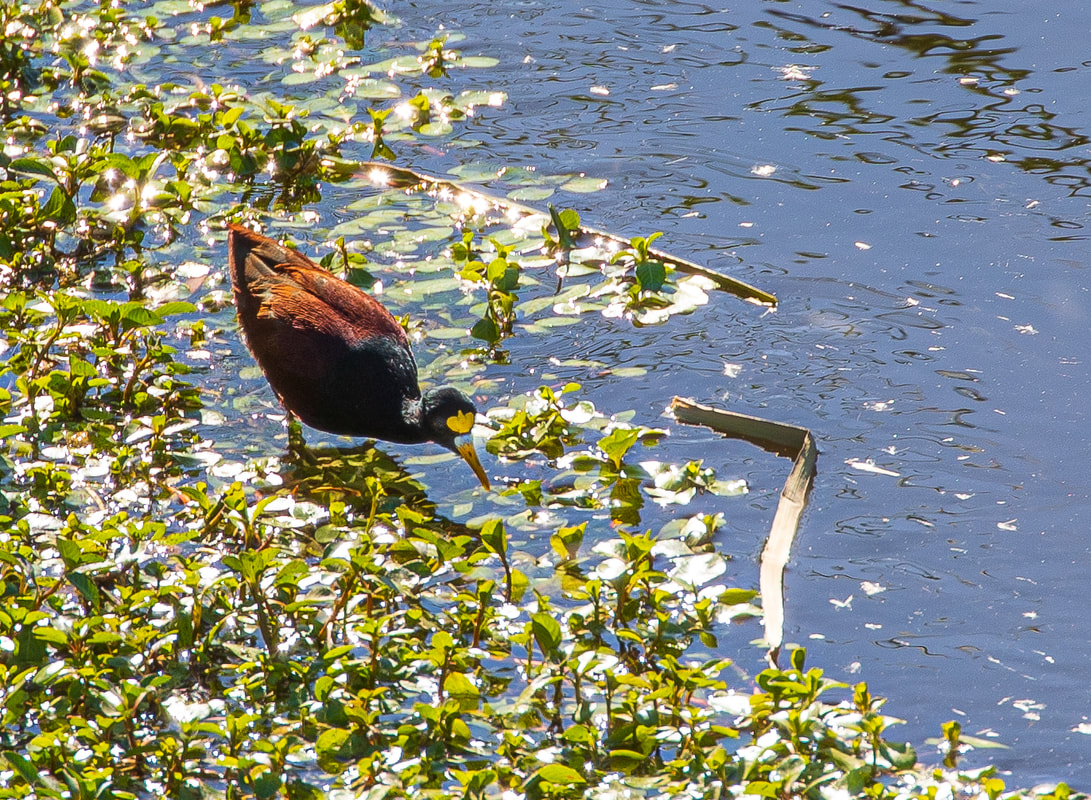
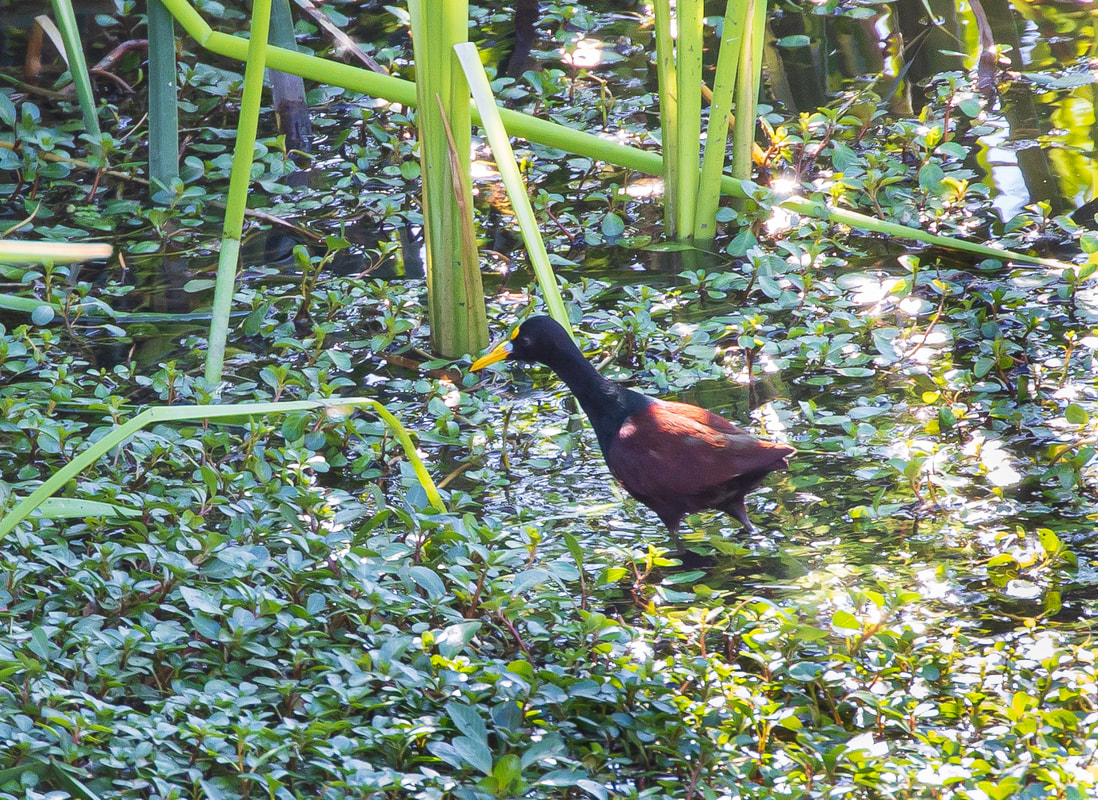
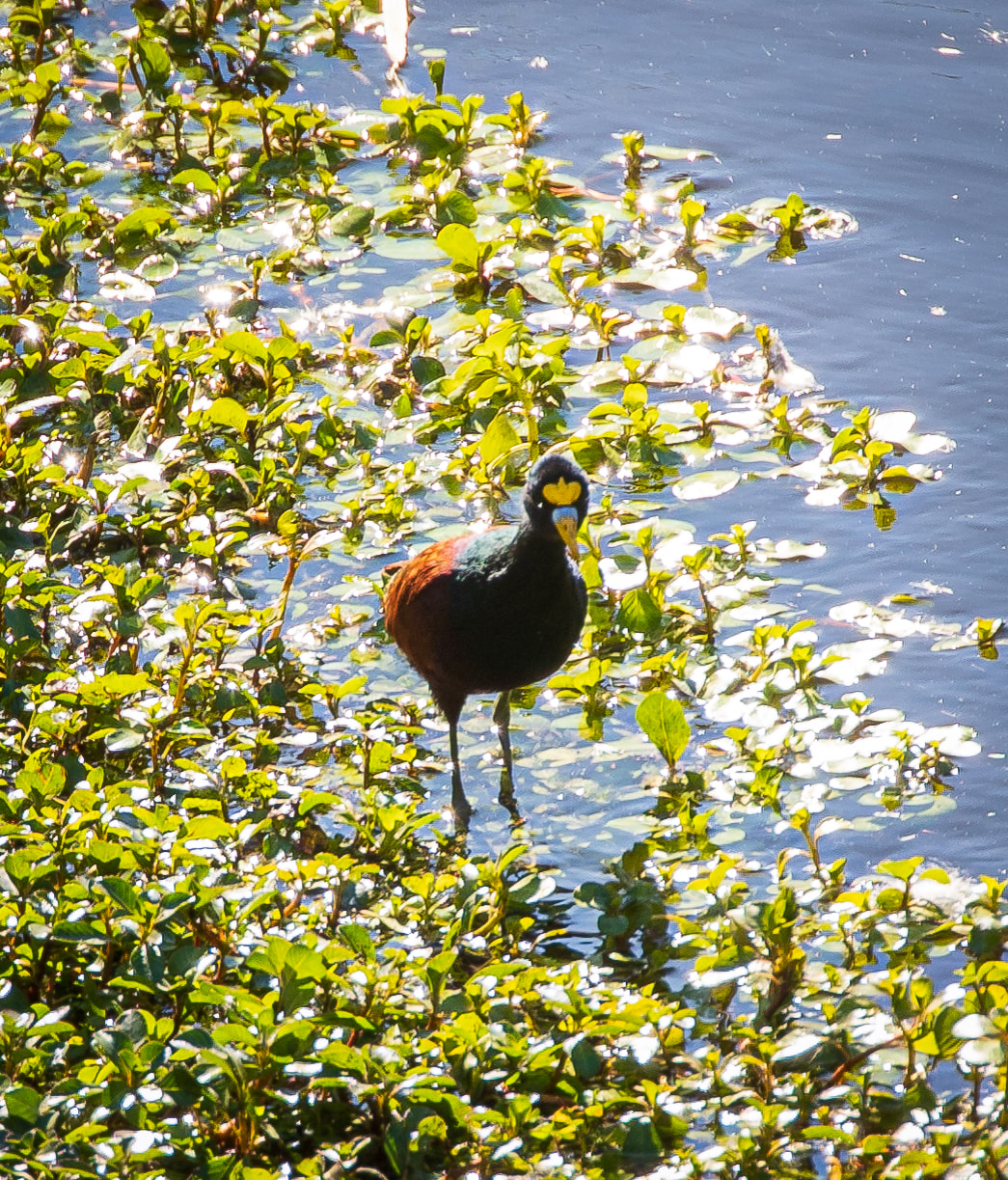
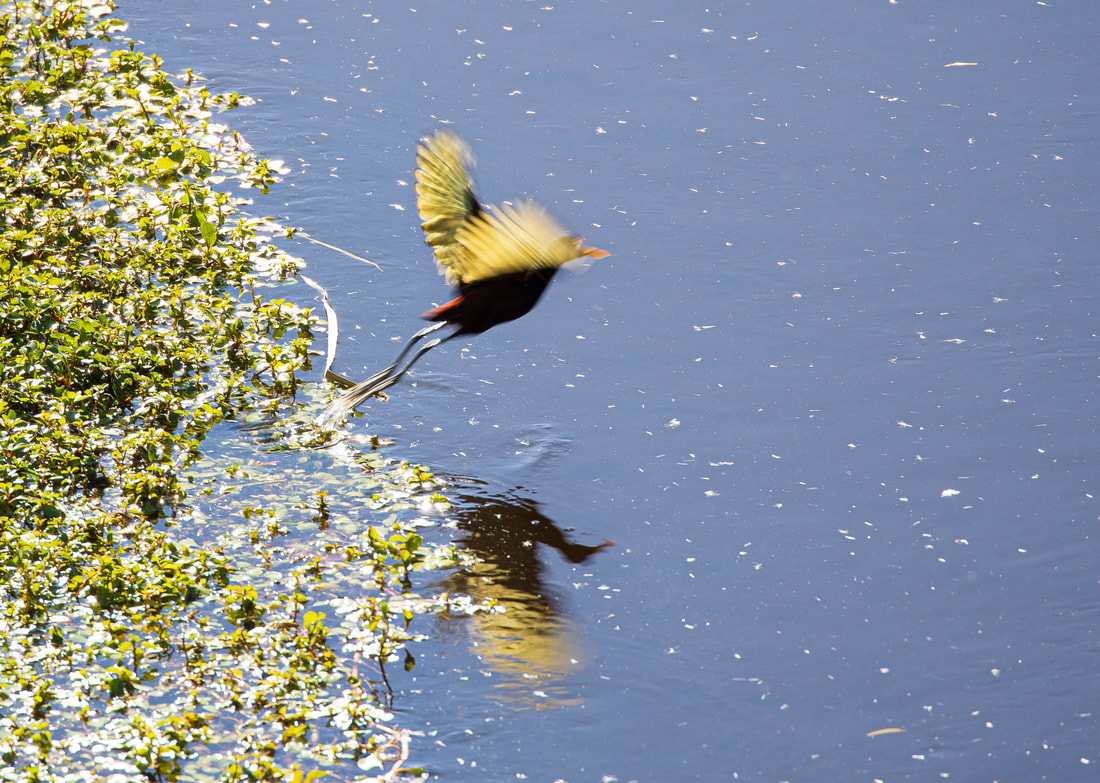
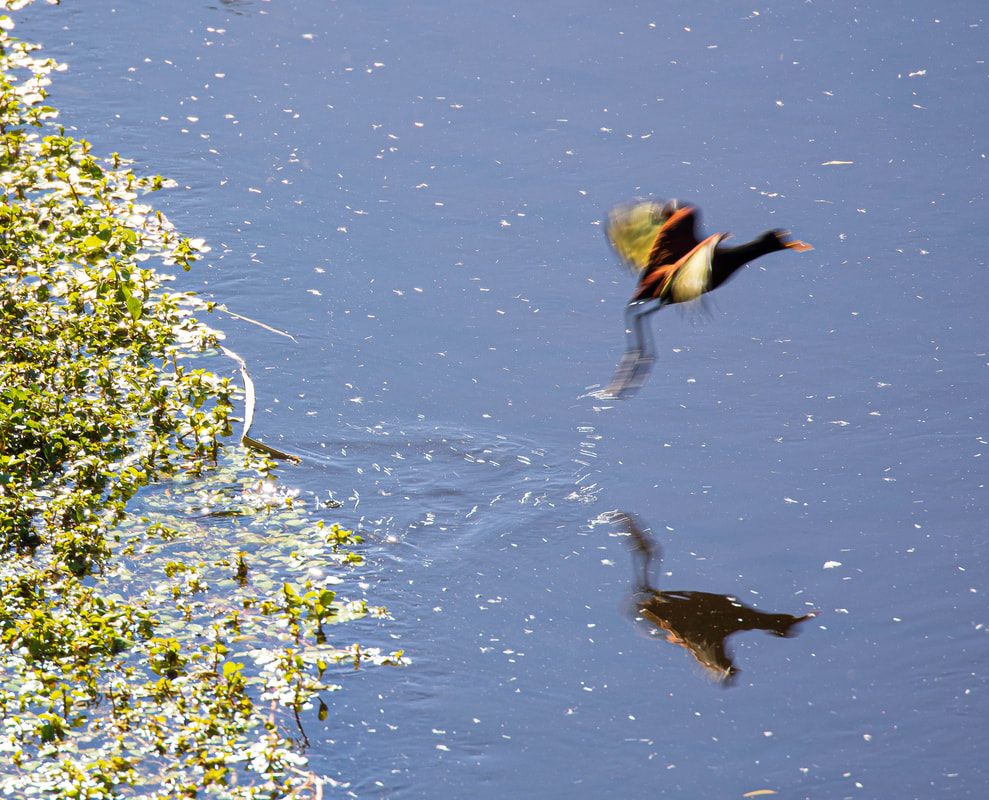
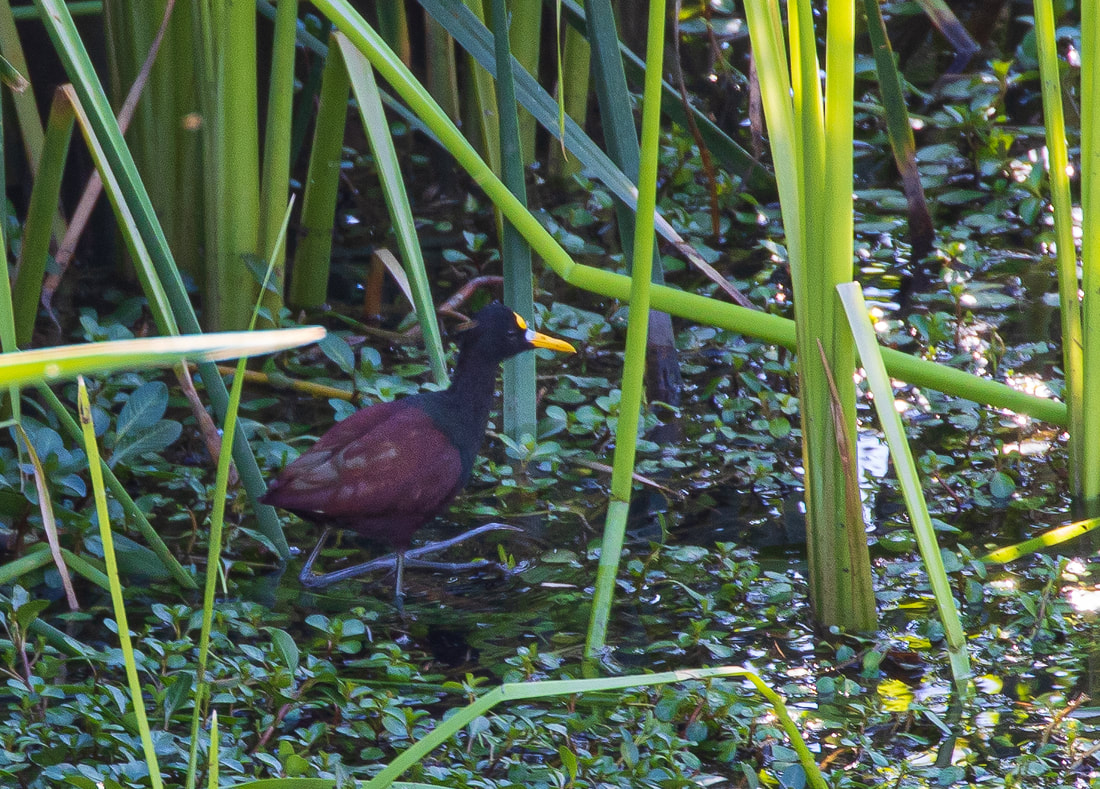
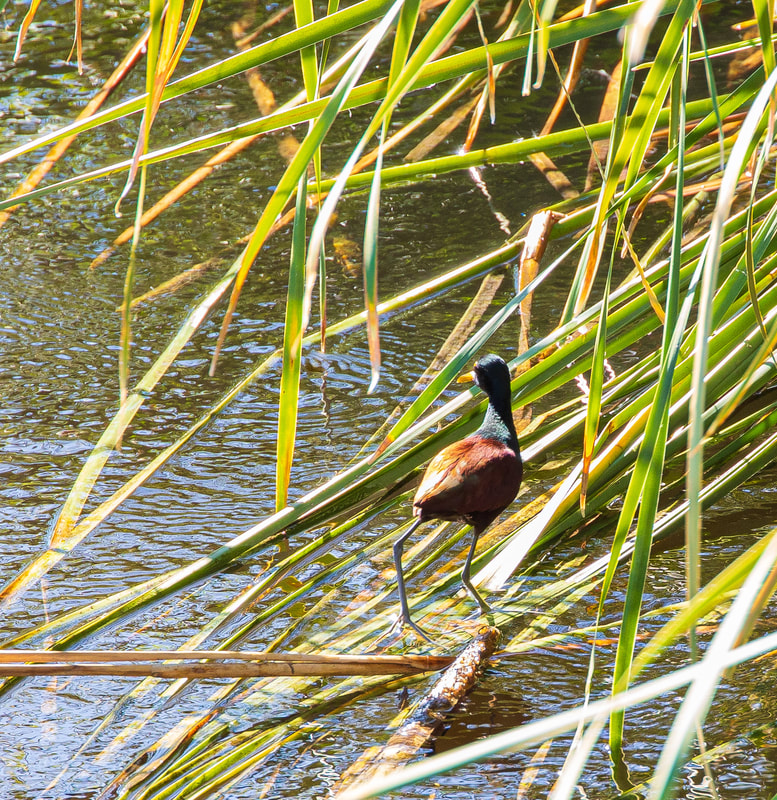
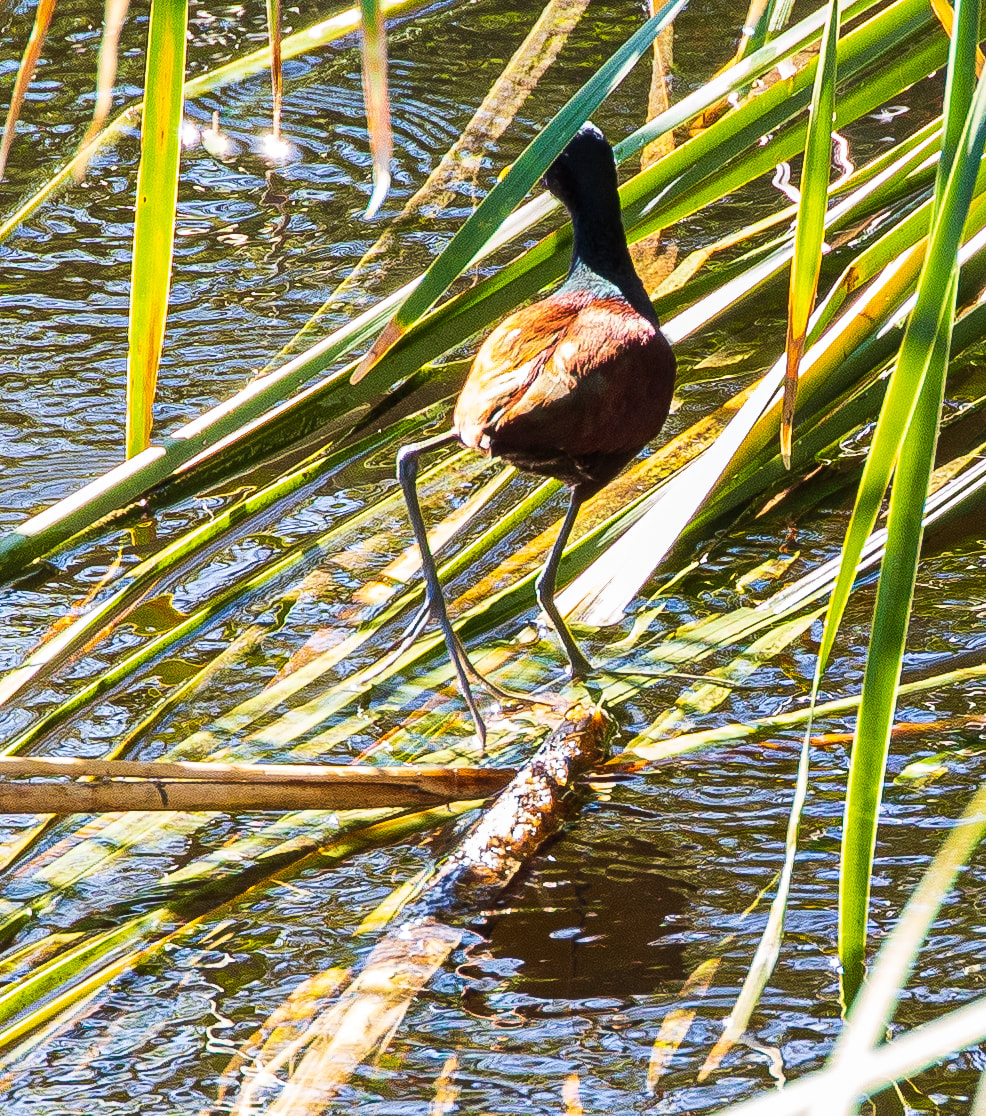
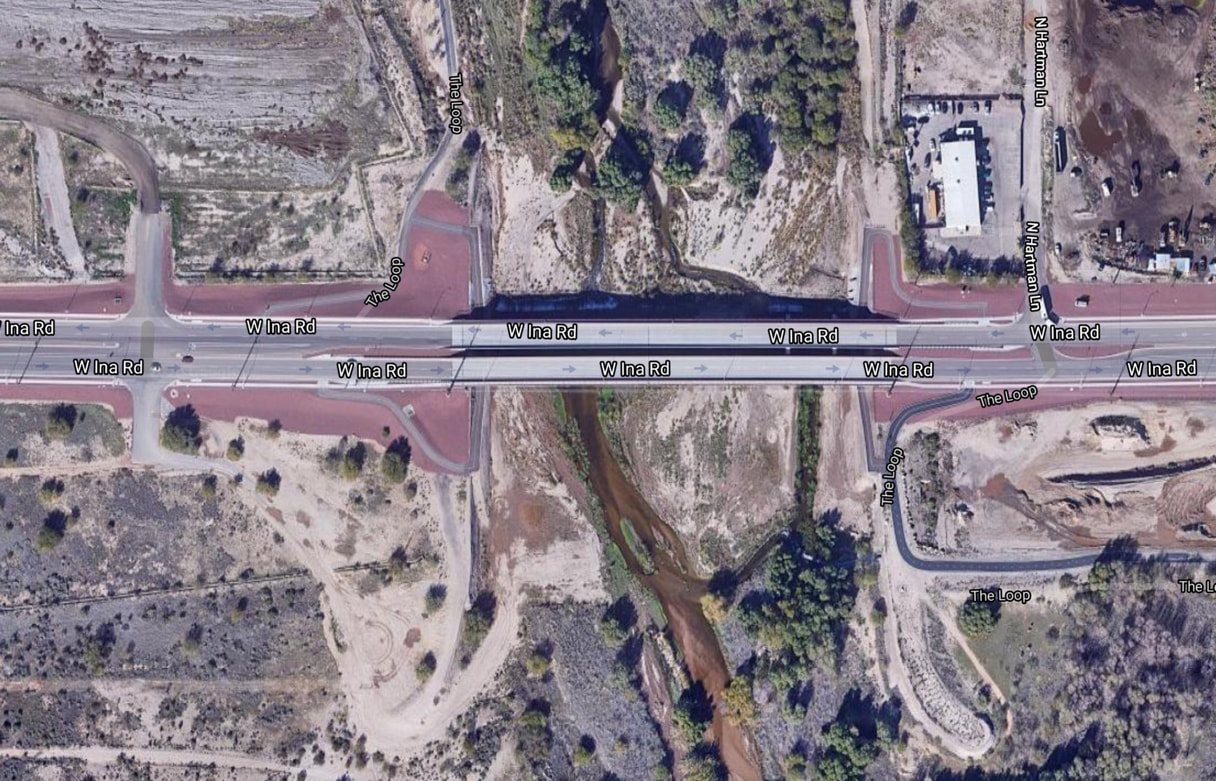
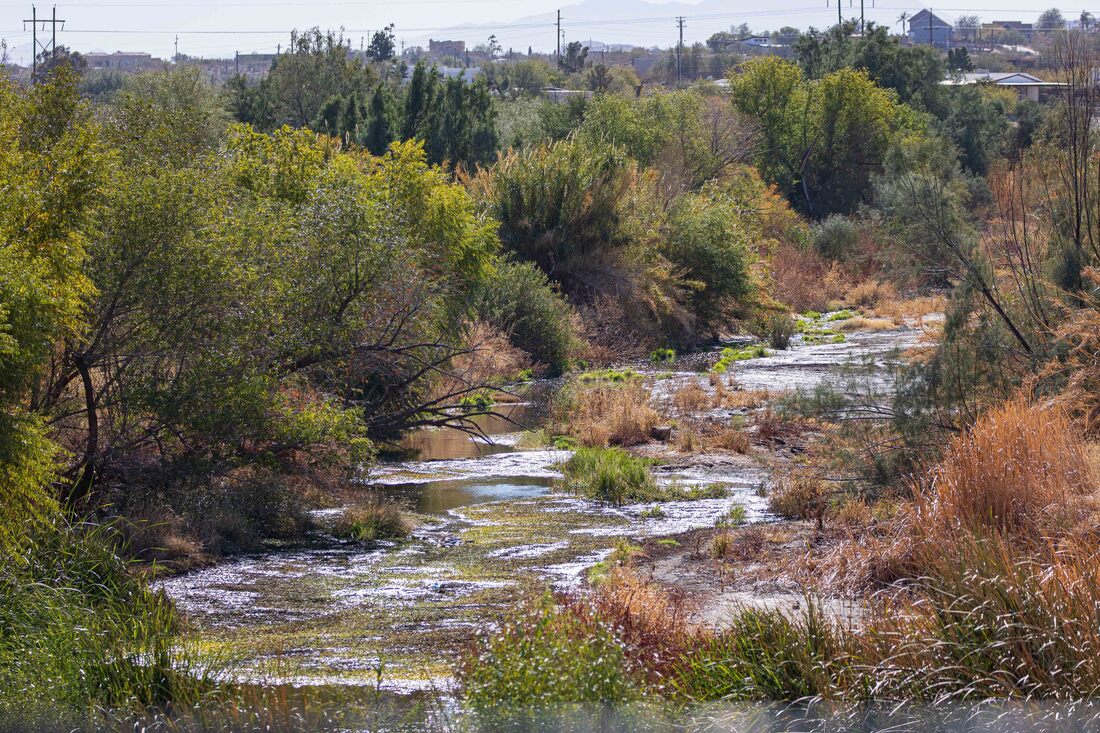
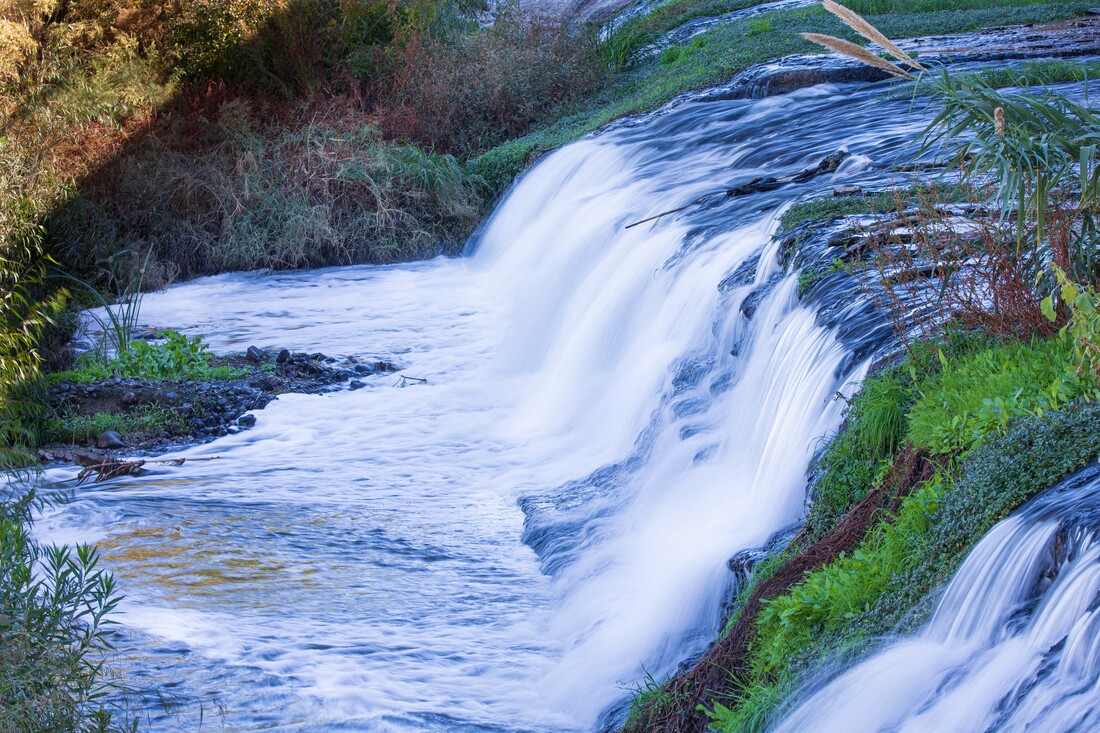
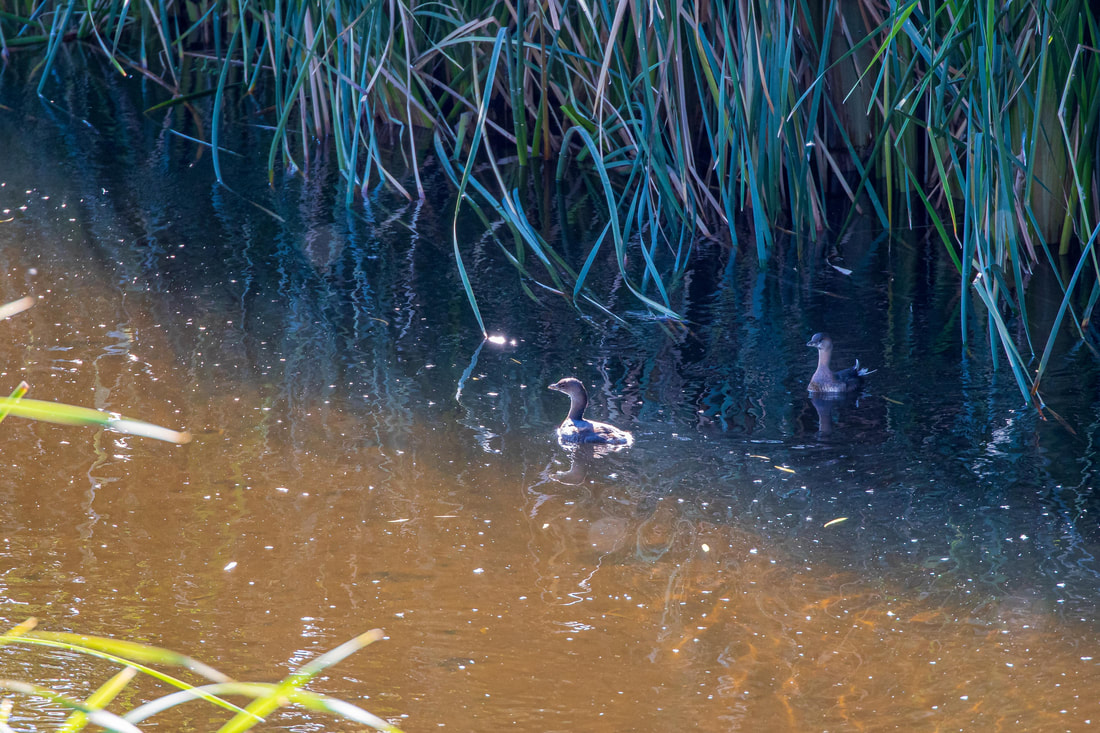
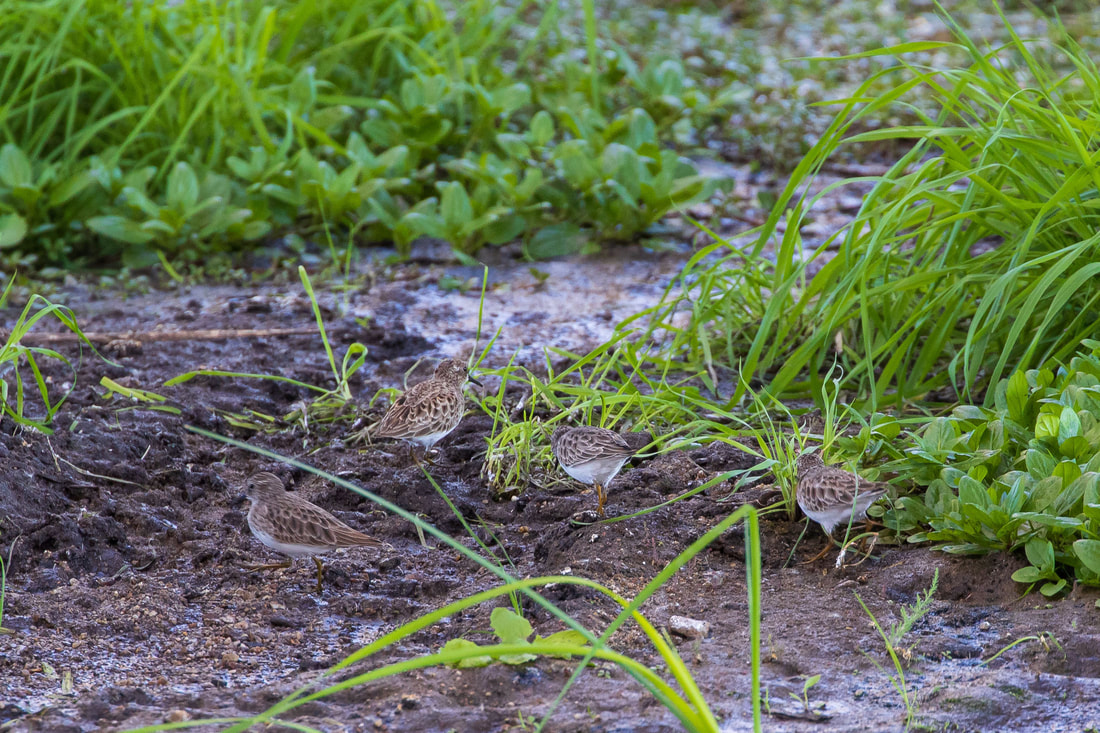
 RSS Feed
RSS Feed